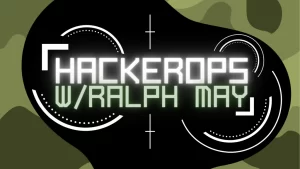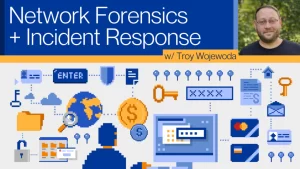
To conduct an advanced attack, you need more than just a collection of simple scripts. In addition to talent, you need a large amount of managed and unmanaged code. The more code and resources that are required to conduct an engagement, the more time we need. Time is something we don’t have a lot of on an engagement. Today, to be an advanced and effective attacker, you need to move fast, and that speed requires a move to a DevOps style of managing infrastructure and code. With cloud resources and APIs to manage these resources, the days of manual setup are long behind us.








